They lost their coastal Malibu homes to fire. But should they rebuild along a rising sea? – the Los Angeles Times
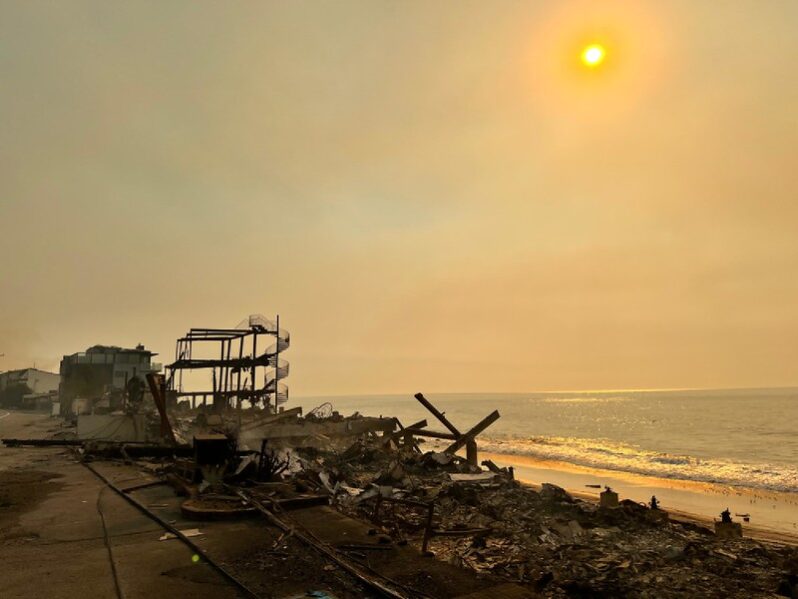
“I think we suffer from what I call a short disaster memory. We want to get in there and build and rebuild as fast as we can,” said Gary Griggs, a UC Santa Cruz oceanographer and coastal geologist who wrote “California Catastrophes: The Natural Disaster History of the Golden State.” But the impermanence of coastal construction ”is not something most people are interested in hearing about.”…
This coastal tribe has a radical vision for fighting sea-level rise in the Hamptons – Vox
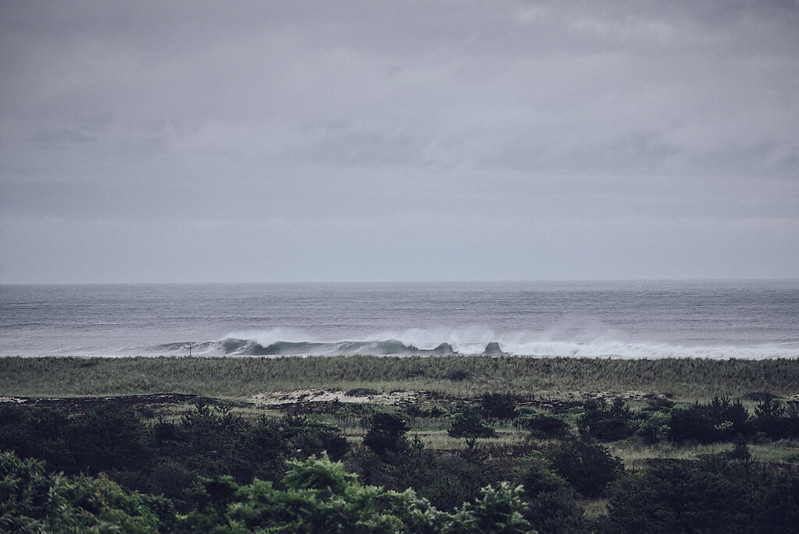
Next to some of the priciest real estate in the world, the Shinnecock Nation refuses to merely retreat from its vulnerable shoreline…
Lessons from California on How to Adapt to Sea Level Rise – NPR | On Point with Meghna Chakrabarti
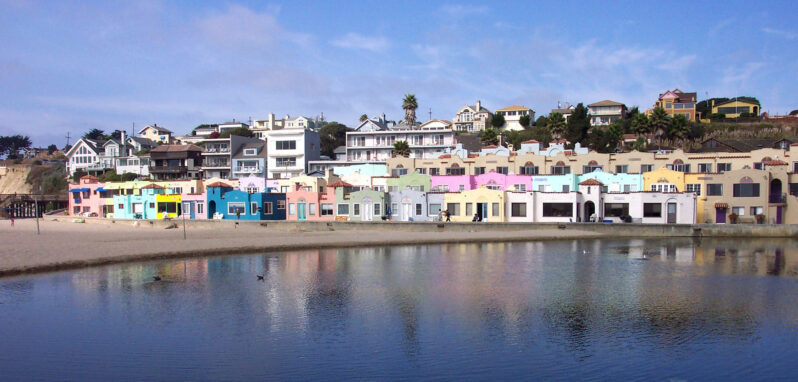
The Pacific Ocean off the California coast could rise more than six feet by the end of this century, according to some estimates…
Guests: Rosanna Xia, environmental reporter for the LA Times. Author of “California Against the Sea: Visions for our Vanishing Coastline.”
A.R. Siders, director of the Climate Change Hub and professor on climate change adaptation at the University of Delaware.
A sea change on managed retreat? – CommonWealth Journal
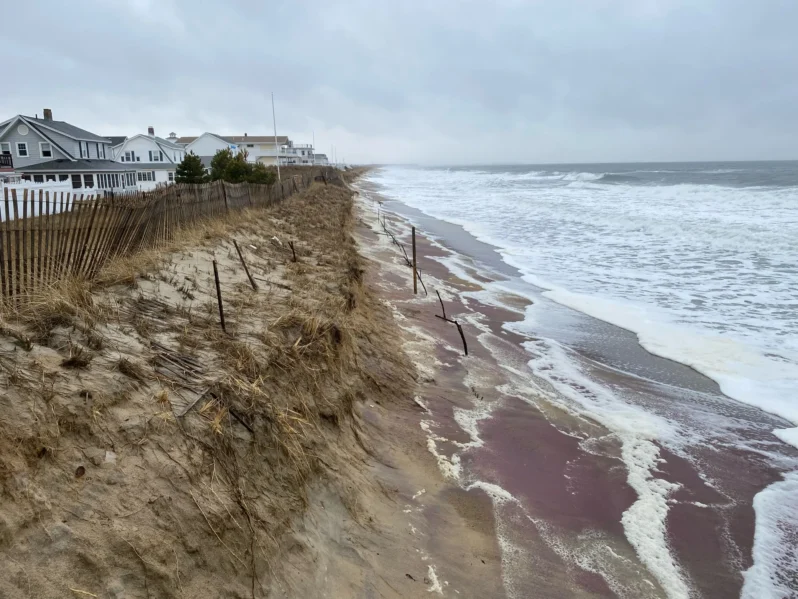
As waters rise, coastal residents are increasingly facing a difficult choice: try to relocate in a difficult housing market and take losses on their homes, or get comfortable with a future where there may be multiple feet of water in their living rooms…
Managed Retreat? Please, Not Yet – Hakai Magazine
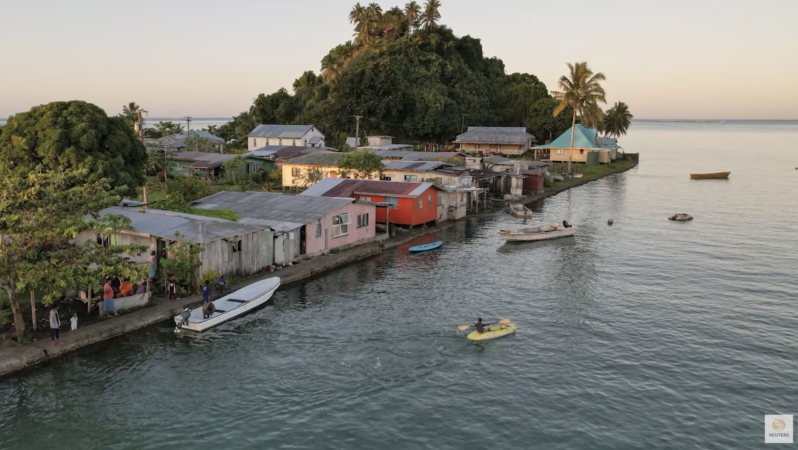
Salt water is already seeping through gardens, under homes, and among the headstones on Serua Island, Fiji. As climate change rolls on, and as the sea level continues to rise, this low-lying island off the southern coast of Viti Levu, one of the country’s two largest islands, seems like an obvious candidate for relocation efforts—and its inhabitants the latest face of climate refugees. Fiji’s national government has offered its support to help the island’s 100 or so inhabitants move. Yet almost all are choosing to stay put…
Study says buyout of threatened Outer Banks homes would be cheaper than beach nourishment – Star News Online
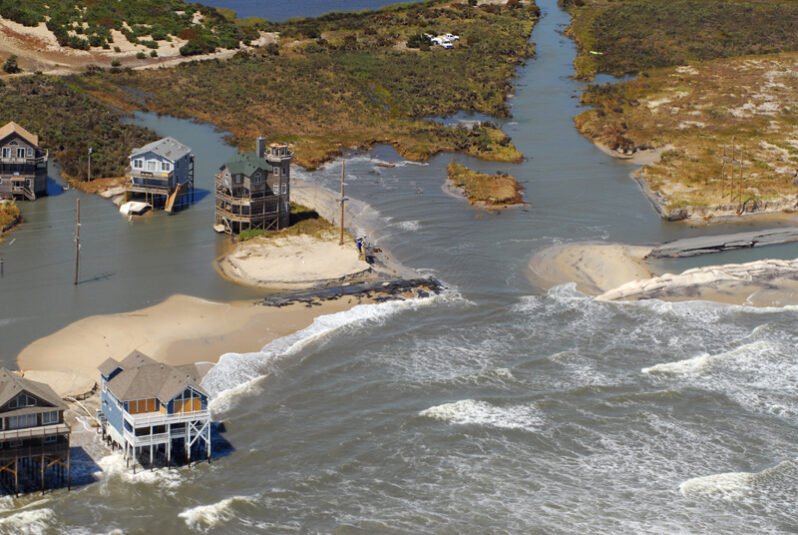
Along coastal North Carolina, engineering answers to threats from Mother Nature is a time-honored tradition to dealing with eroding beaches and threats from wandering inlets. But pumping sand isn’t cheap….Faced with a future of rising seas and stronger storms intensified by climate change, state and local officials are scrambling to keep up.(And) one option occupies a relatively rare seat at the table for discussion by local officials and residents: moving oceanfront structures out of harms way…
St. Johns County receives $59 million for coastal protection, ‘managed retreat’ – First Coast News
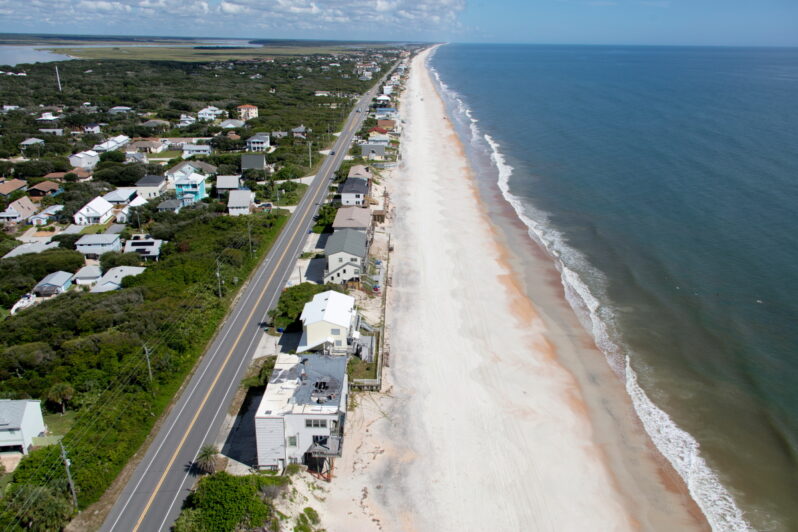
Other funded projects include a railroad overpass in Nocatee and erosion control in North Ponte Vedra Beach.
With Gov. Ron DeSantis putting pen to paper in signing the state’s budget for the fiscal year Thursday, St. Johns County received $59 million — the largest amount of state appropriations the county has ever received and far more than the $12.4 million it got last year…
In the Bahamas, a Constant Race to Adapt to Climate Change – the New York Times
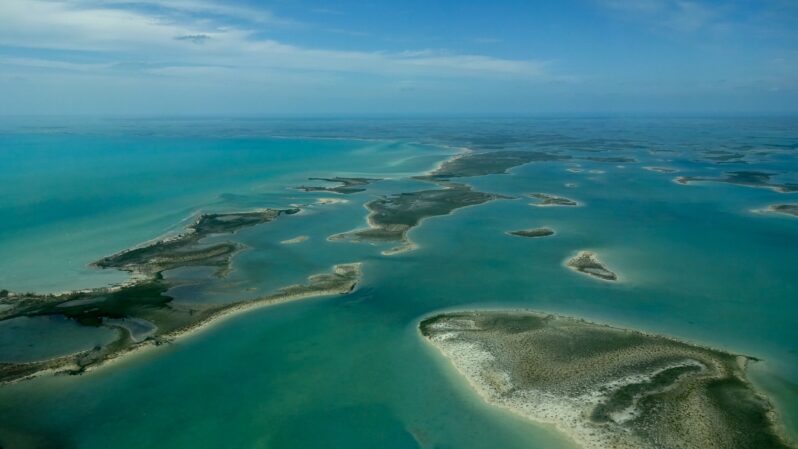
Rising seas and the ongoing threat of hurricanes and storm surges have forced the Caribbean nation to become a laboratory for climate adaptation.
At the United Nations climate summit in Egypt last year, Prime Minister Philip Davis of the Bahamas emerged as one of the most impassioned speakers among the more than 100 heads of state in attendance.
“We have to believe that a safer, better future is possible,” he told the gathering. “We believe that action — real, concerted action — can save the planet and save our human race…”
Letting the Sea Have Its Way – Hakai Magazine
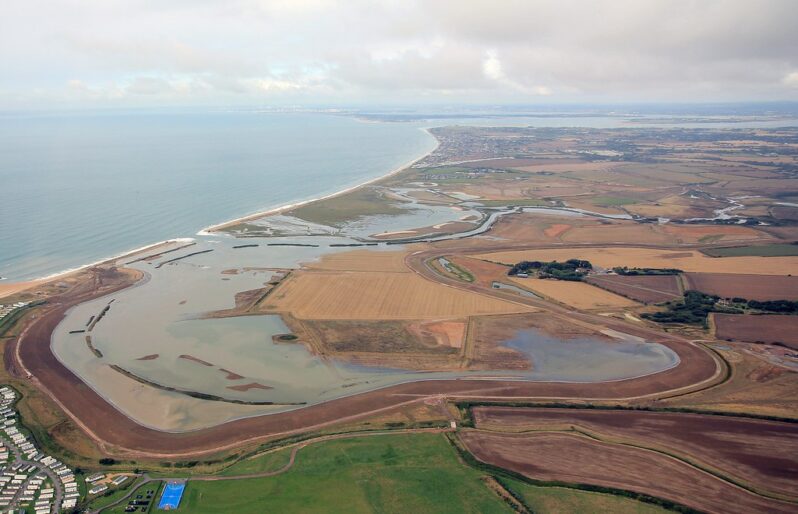
On May 10, a four-bedroom house perched on the beach of a North Carolina barrier island in the town of Rodanthe collapsed into the ocean. It was not the victim of a violent hurricane strike or storm surge. Rather, a low-pressure system coupled with a high tide drew ocean waves onto the shoreline, leaving heaps of sand on the prophetically named Ocean Drive. Then—in that viral video moment—the water gently pulled the house loose and set it to bob upon the sea. It was not the first house—this year! that day!—nor will it be the last.This is reality in the 21st century…
